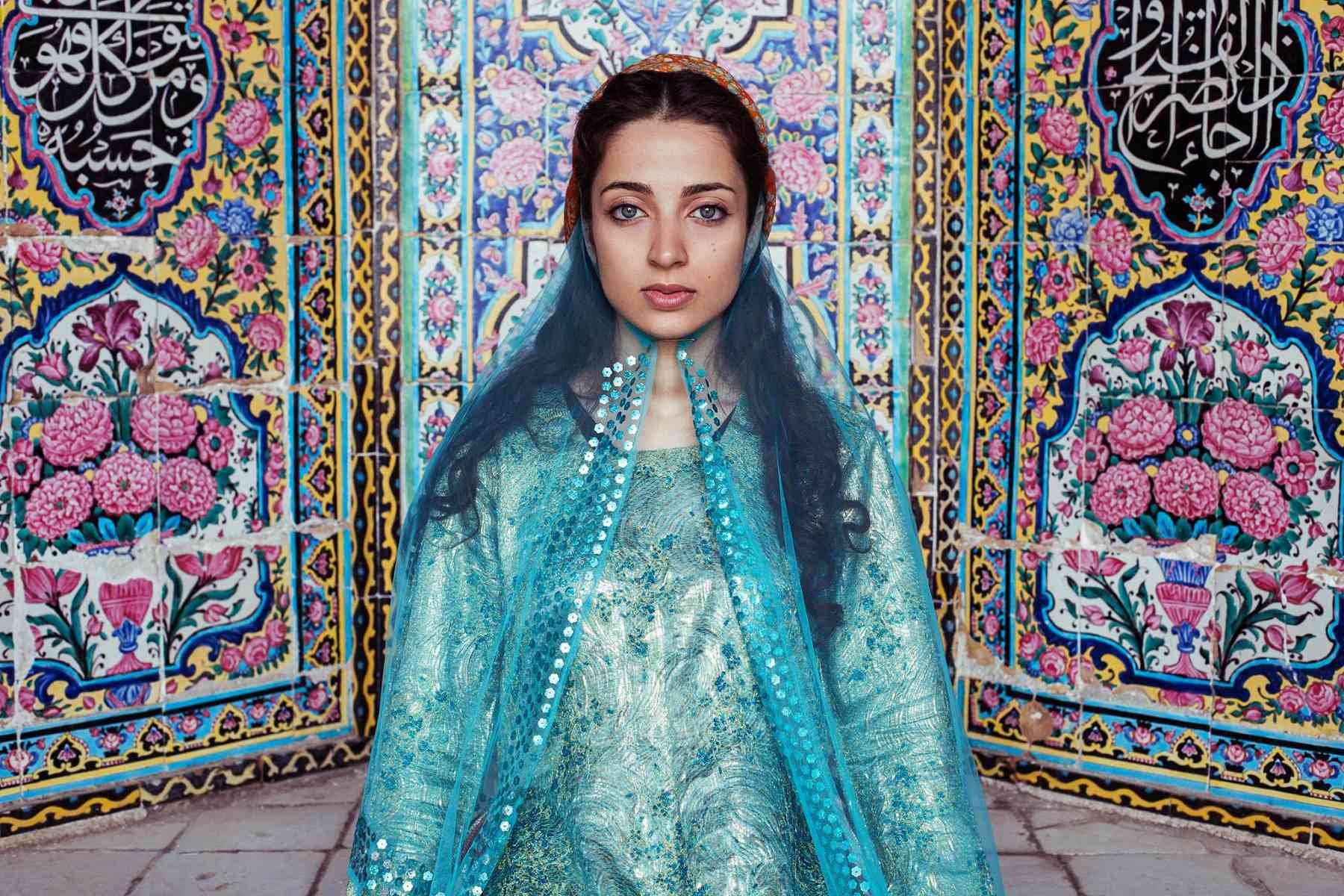Exploring The Rich Tapestry Of Traditional Iranian Clothing

Have you ever wondered about the vibrant world of traditional Iranian clothing? Iran, with its rich history and diverse cultures, boasts a wide array of traditional garments that reflect its heritage. From the colorful chadors worn by women to the intricate designs of men's shalwars, each piece tells a story. These clothes aren't just about fashion; they represent the country's identity, customs, and values. Whether you're interested in the flowing abayas or the detailed embroidery on kandys, there's something fascinating for everyone. Let's dive into the beauty and significance of these traditional outfits and see how they continue to influence modern fashion.
The Vibrant World of Traditional Iranian Clothing
Traditional Iranian clothing is a colorful reflection of the country's rich history and diverse culture. Each region boasts its unique attire, often influenced by local customs, climate, and lifestyle. Let's take a journey through some of the most iconic traditional outfits from various parts of Iran.
Persian Rugs Come to Life in Kerman
Kerman, known for its exquisite Persian rugs, also has a rich tradition of intricate clothing. The garments here are often adorned with elaborate embroidery and vibrant colors.
- Kerman Shawls: These shawls are famous for their detailed patterns and bright hues, often resembling the designs found in Kerman's renowned carpets.
- Traditional Dresses: Women wear long, flowing dresses with intricate embroidery, reflecting the artistry of the region.
- Men's Attire: Men typically don loose-fitting trousers and long shirts, often paired with a traditional hat called a "kolah."
The Elegance of Isfahan's Attire
Isfahan, a city known for its stunning architecture and art, also boasts elegant traditional clothing. The attire here often features delicate patterns and luxurious fabrics.
- Qalamkar Dresses: These dresses are made from hand-printed fabrics, showcasing intricate designs and patterns unique to Isfahan.
- Silk Scarves: Women often wear silk scarves with beautiful, hand-painted designs, adding a touch of elegance to their outfits.
- Men's Vests: Men in Isfahan often wear tailored vests over their shirts, adding a layer of sophistication to their attire.
The Nomadic Charm of Bakhtiari Clothing
The Bakhtiari people, a nomadic tribe in Iran, have a distinct style of clothing that reflects their rugged lifestyle and deep connection to nature.
- Bakhtiari Coats: These coats are made from thick wool, providing warmth and protection against harsh weather conditions.
- Colorful Skirts: Women wear long, colorful skirts with multiple layers, often adorned with beads and embroidery.
- Traditional Hats: Both men and women wear traditional hats made from felt, which are both practical and stylish.
The Coastal Flair of Gilan's Garments
Gilan, located along the Caspian Sea, has a unique style of clothing influenced by its coastal environment and lush landscapes.
- Gileh Mard: This traditional outfit for men includes a long tunic and wide trousers, often made from lightweight fabrics suitable for the humid climate.
- Colorful Scarves: Women wear brightly colored scarves, often decorated with floral patterns that reflect the region's natural beauty.
- Layered Dresses: Women's dresses in Gilan are typically layered, with vibrant colors and intricate designs that capture the essence of the coastal culture.
The Timeless Beauty of Yazd's Traditional Wear
Yazd, a city with a rich history and unique architecture, also has a distinctive style of traditional clothing that combines practicality with beauty.
- Yazdi Shawls: These shawls are known for their fine craftsmanship and delicate patterns, often passed down through generations.
- Men's Turbans: Men in Yazd often wear turbans, adding a touch of tradition and elegance to their attire.
- Embroidered Dresses: Women's dresses in Yazd feature intricate embroidery, often depicting local flora and fauna, making each garment a work of art.
The Cultural Fusion of Tehran's Fashion
Tehran, the capital city, is a melting pot of cultures and styles, reflected in its traditional clothing that often blends elements from various regions of Iran.
- Modern Chadors: While traditional chadors are still worn, modern versions with contemporary designs and patterns have become popular.
- Stylish Tunics: Women in Tehran often wear stylish tunics with intricate embroidery, combining traditional and modern elements.
- Men's Suits: Men's traditional suits in Tehran often feature a blend of classic and contemporary styles, reflecting the city's dynamic culture.
Embracing the Beauty of Iranian Attire
Traditional Iranian clothing offers a glimpse into the country's rich history and diverse culture. Each piece, from the elegant chador to the vibrant kandys, tells a unique story. These garments reflect the regional diversity and historical influences that have shaped Iran over centuries. Wearing these clothes isn't just about fashion; it's about connecting with a heritage that values artistry and craftsmanship.
Exploring these traditional outfits can deepen your appreciation for Iran's cultural richness. Whether you're visiting Iran or simply curious about its traditions, understanding the significance behind these garments can enhance your experience. So next time you see a beautifully embroidered robe or a colorful headscarf, remember the history and culture woven into every thread. Embrace the beauty and significance of Iranian attire, and let it inspire your own sense of style and cultural appreciation.

